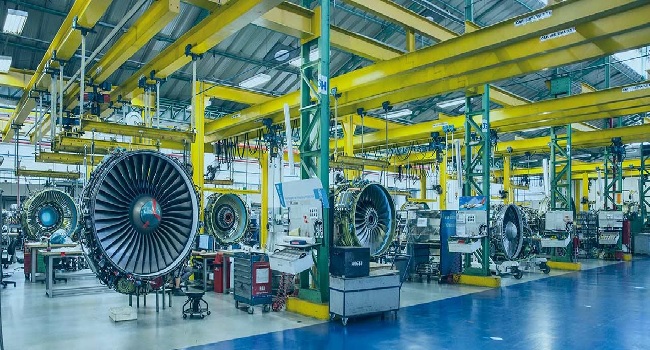Engine MRO: Keeping Aircraft Engines in Prime Condition

Behind every successful flight is an aircraft engine working seamlessly. Ensuring these engines remain in top-notch condition is where Engine MRO comes into play.
Understanding Engine MRO
At its core, Engine MRO refers to the Maintenance, Repair, and Overhaul of aircraft engines. It is an essential aspect of the aviation industry, guaranteeing the safety and efficiency of flights worldwide.
Why Engine MRO is Indispensable
1. Safety First
- Routine Checks: Regular maintenance spots potential issues before they escalate.
- Accident Prevention: A well-maintained engine is less likely to fail.
2. Operational Efficiency
- Peak Performance: Engine MRO ensures engines operate at their maximum efficiency.
- Fuel Savings: Efficient engines mean reduced fuel consumption.
3. Longevity of Engines
- Wear and Tear: Engines undergo immense stress. Regular overhauls help extend their service life.
- Cost-Effective: Prolonging engine life can save airlines from premature replacement costs.
4. Regulatory Compliance
- Mandatory Checks: Aviation authorities worldwide mandate periodic engine maintenance.
- Safety Standards: Engine MRO ensures adherence to global safety norms.
Components of Engine MRO
Diving deeper, what constitutes a comprehensive Engine MRO?
1. Regular Inspections
- Visual Checks: Technicians look for evident signs of wear or damage.
- Advanced Diagnostics: Tools are used to assess the engine’s internal condition.
2. Maintenance and Repairs
- Component Replacement: Faulty or worn-out parts are replaced.
- System Adjustments: Calibration ensures systems function optimally.
3. Overhaul
- Complete Teardown: The engine is dismantled, inspected, and cleaned.
- Reassembly: After necessary replacements, engines are reassembled and tested.
4. Testing
- Ground Tests: Engines are run on the ground to ensure they operate flawlessly.
- Flight Tests: In some cases, a test flight might be necessary post-maintenance.
Engine MRO in the Aviation Ecosystem
Given its importance, how does Engine MRO integrate with the broader aviation scene?
1. Technological Evolution
- Innovative Tools: The rise of technology has ushered in advanced diagnostic equipment.
- Data Analytics: Predictive maintenance is now possible using engine performance data.
2. Skilled Workforce
- Specialized Training: Engine MRO requires a high level of expertise.
- Continuous Learning: As engine technology evolves, so must the skills of MRO technicians.
3. Collaboration with Manufacturers
- OEM Insights: Engine manufacturers often provide valuable guidance for maintenance.
- Tailored Procedures: Some engines have specific MRO procedures set by their OEM.
Challenges and Future Directions
While Engine MRO is crucial, it is not without its challenges.
- Rapid Technological Changes: New engine models may require new maintenance techniques.
- Cost Pressures: High-quality MRO services can be expensive.
Nevertheless, the future of Engine MRO looks promising. With advancements in technology, the process will become more streamlined, efficient, and perhaps even more automated.
Conclusion
Engine MRO is more than just routine maintenance. It is an intricate dance of expertise, precision, and technology, all aiming to ensure the heart of the aircraft – the engine – remains in prime condition. As air travel continues to grow, the significance of Engine MRO will only amplify, making it a linchpin in the quest for safer, more efficient flights.



